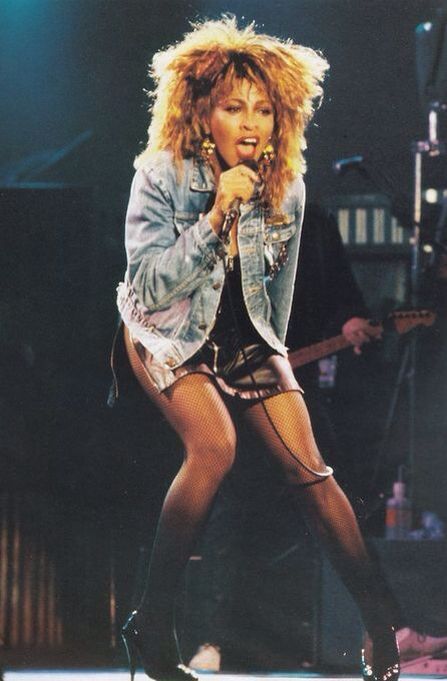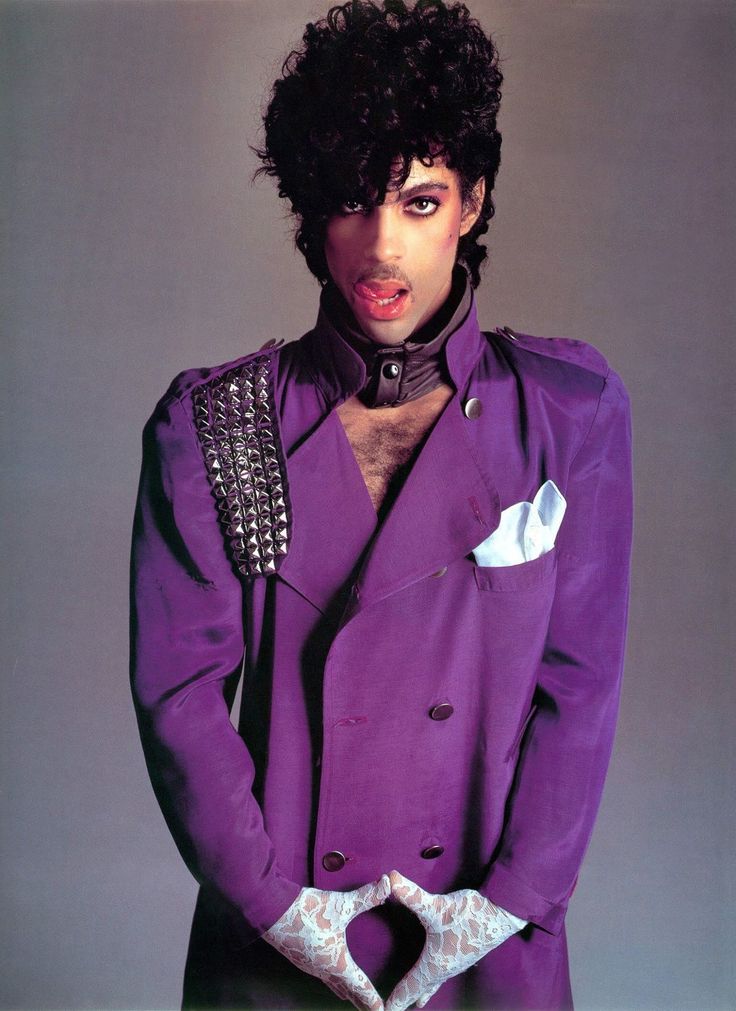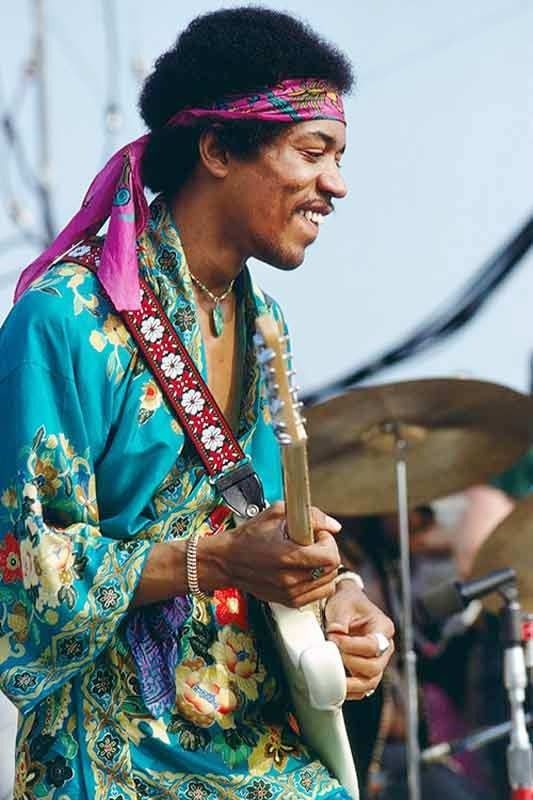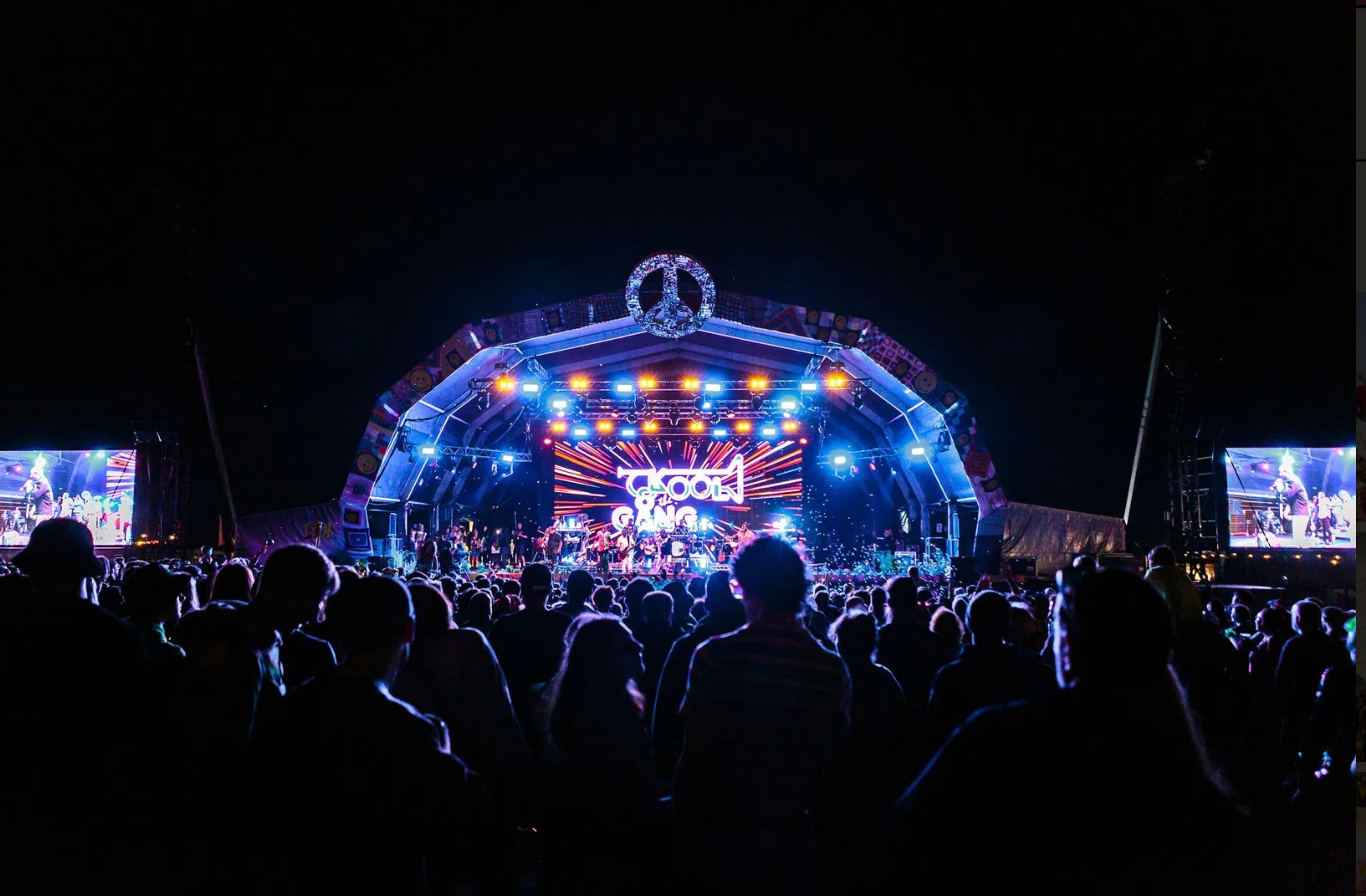Live music has always been more than just sound—it’s a fusion of energy, emotion, and performance. Throughout history, black artists have been at the forefront of redefining what it means to take the stage. Here are five iconic black musicians whose live shows transformed music and set the standard for generations to come.
1. James Brown
Known as the “Godfather of Soul,” James Brown’s live performances were electric. With tight choreography, dynamic stage presence, and a backing band that moved with machine-like precision, Brown revolutionized live R&B and funk. His famous Cape Routine, where he collapsed only to be revived by his cape, became a symbol of theatrical soul performance.

2. Tina Turner
Tina Turner brought unmatched raw energy to the stage. Her raspy voice, magnetic charisma, and fearless stage persona made every concert a cathartic experience. Whether with Ike Turner or solo, she broke barriers in rock music and inspired female performers to own the stage with unapologetic power.
3. Prince
Prince was a genre-bending genius whose live performances were spectacles of artistry and rebellion. From blistering guitar solos to sensual dance moves, he commanded the stage with confidence and mystery. His 2007 Super Bowl halftime show in the rain is widely considered one of the greatest live performances of all time.

4. Beyoncé
Modern live music owes much to Beyoncé’s relentless innovation. From Coachella’s “Beychella” performance—an HBCU-themed, high-concept show backed by a full marching band—to her visually immersive world tours, Beyoncé blends flawless vocals, choreography, and storytelling into every live set.
5. Jimi Hendrix
A true pioneer, Jimi Hendrix redefined live guitar playing. With his iconic performance at Woodstock, including the feedback-drenched rendition of “The Star-Spangled Banner,” Hendrix used the stage as a canvas for political and musical expression. His experimental style influenced rock, blues, and live improvisation forever.
These artists didn’t just perform—they created moments that became cultural landmarks. Their legacies continue to inspire the sound, style, and spirit of live music today.



